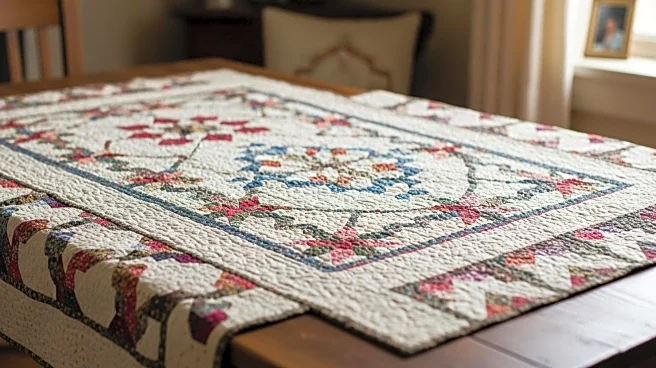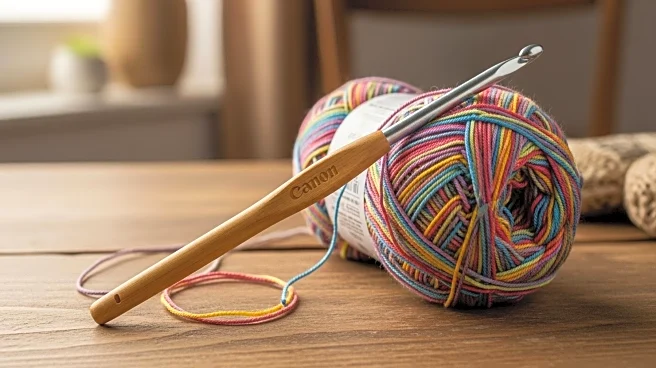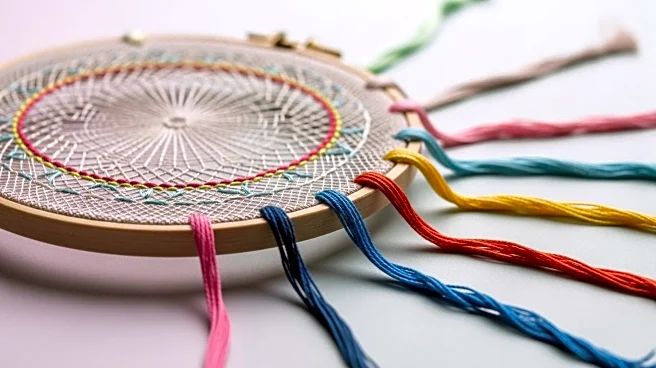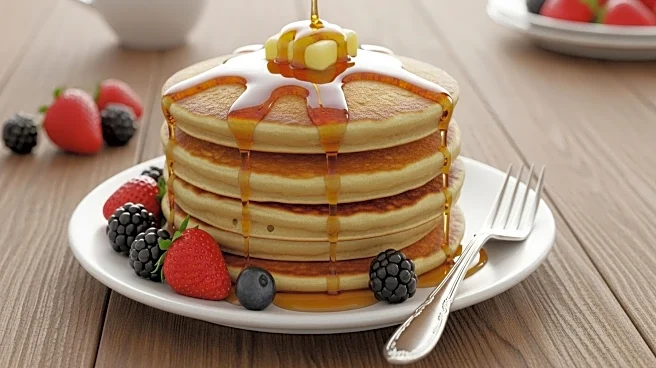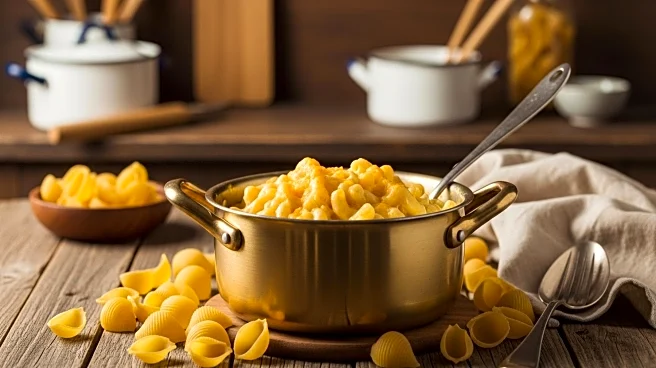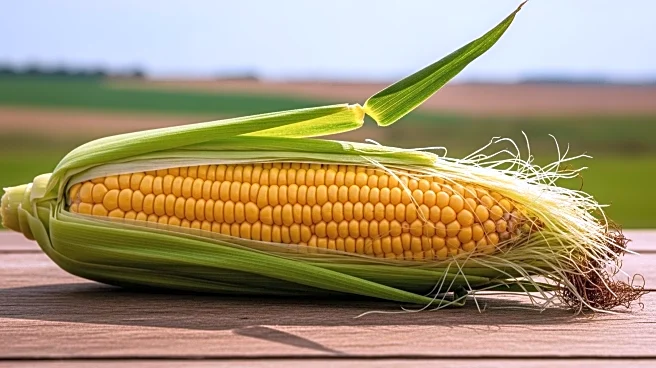Quilting is a multi-layered textile art that involves stitching together layers of fabric to create a quilt. Typically, a quilt consists of three layers: a woven cloth top, a layer of batting or wadding, and a woven back. The
quilting process involves sewing on the face of the fabric to combine these layers, often resulting in decorative stitching patterns. Quilts serve various purposes, including bedding, decoration, and commemoration.
Core Facts
Quilting has been practiced for centuries, with its origins tracing back to ancient civilizations. The basic structure of a quilt includes a top layer, often made from patchwork or applique, a middle layer
for insulation, and a backing layer. Quilting can be done by hand or machine, and the designs may outline patchwork motifs or be independent.
Notable Details
Quilting was a popular pastime in early America,
particularly in the Midwest and Great Plains. Quilting circles and bees were social events where women gathered to quilt and share stories. These gatherings sometimes took on political significance, such as during the abolition movement. Quilts have also been used for fundraising and campaigning.
Comparisons and Contrasts
While quilting is a global tradition, American quilting has distinct characteristics, such as the use of
patchwork and quilting bees. Quilting styles vary across cultures, with different techniques and materials used. The artistic aspect of quilting is recognized worldwide, with quilt art displayed in galleries and exhibitions.
Key Data Points
Quilting remains a popular activity in the United States, with numerous quilting guilds and organizations supporting the craft. Quilts are often featured in fairs and competitions, celebrating the
creativity and skill of quilters. The educational use of quilts continues, with quilts serving as tools for teaching various subjects.
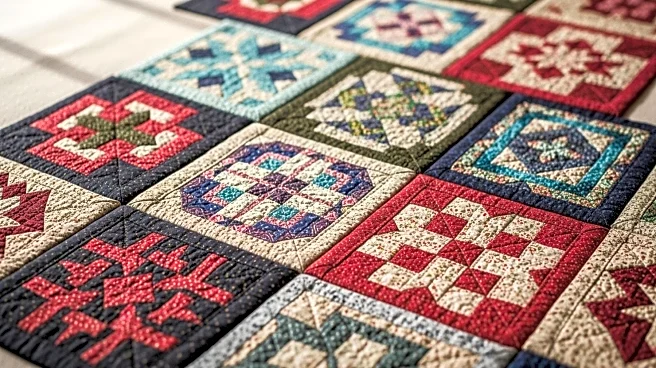
 Discover Daily
Discover Daily 